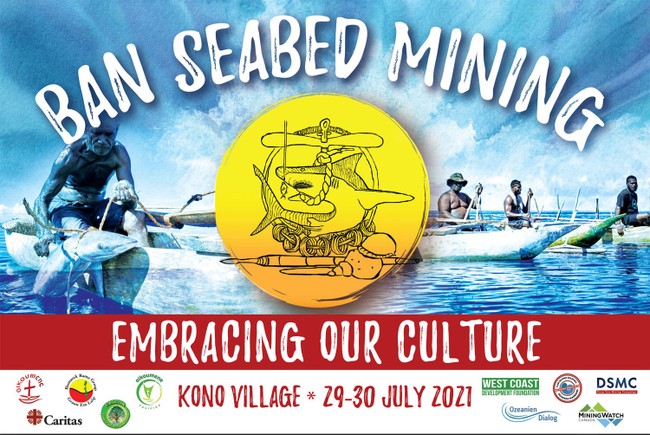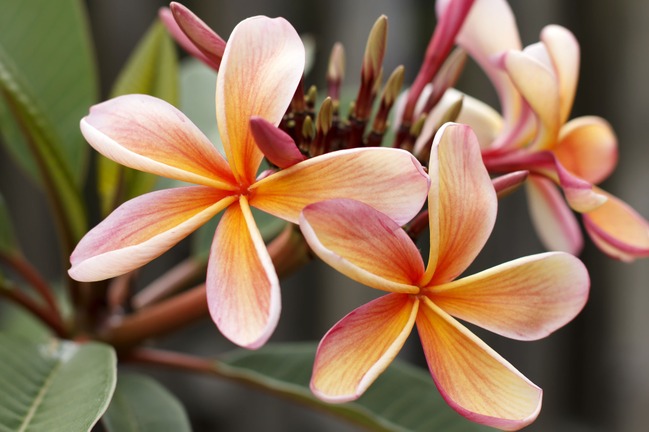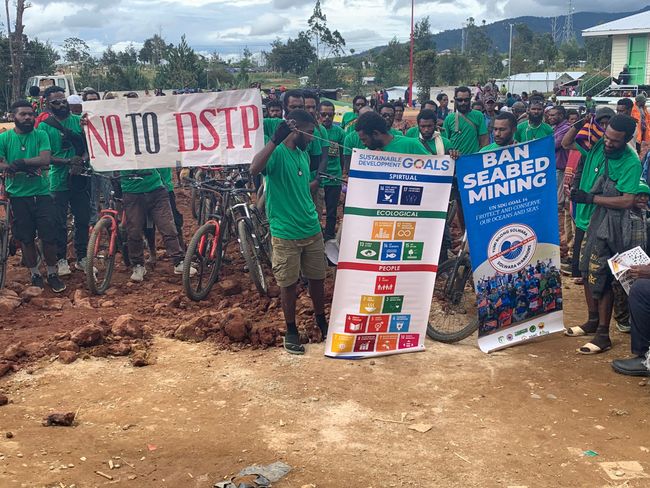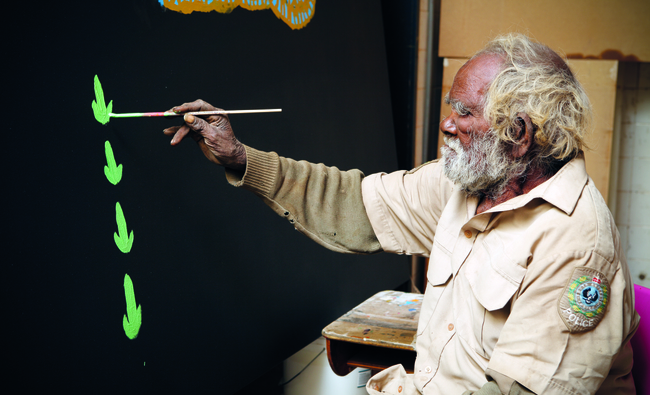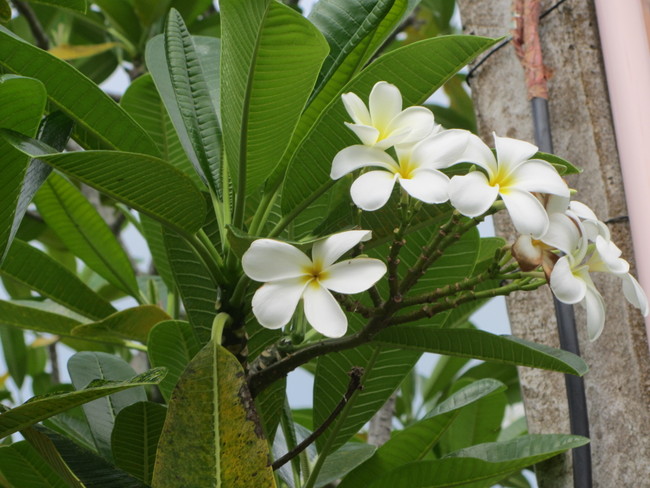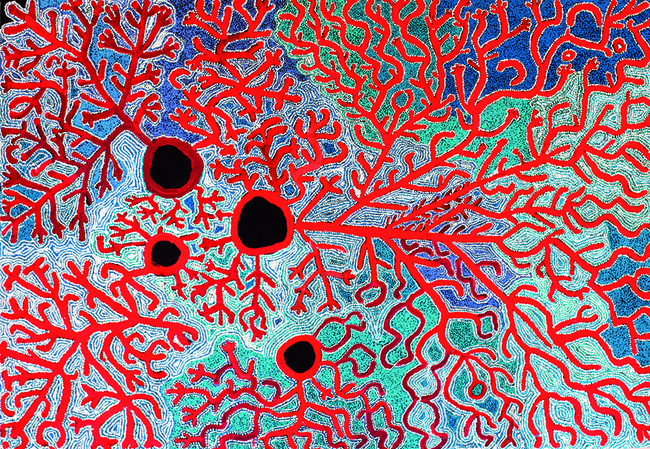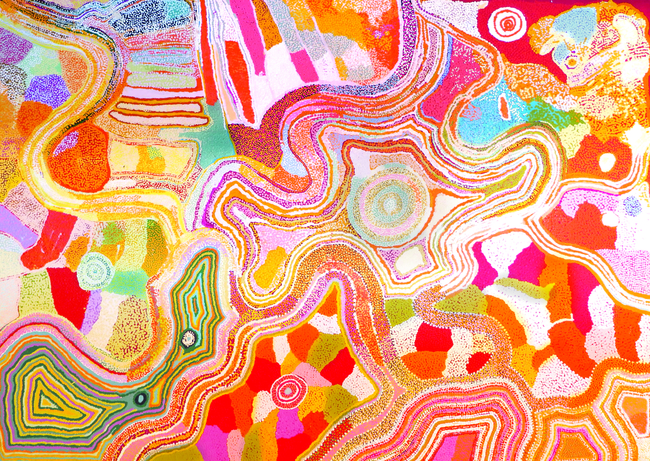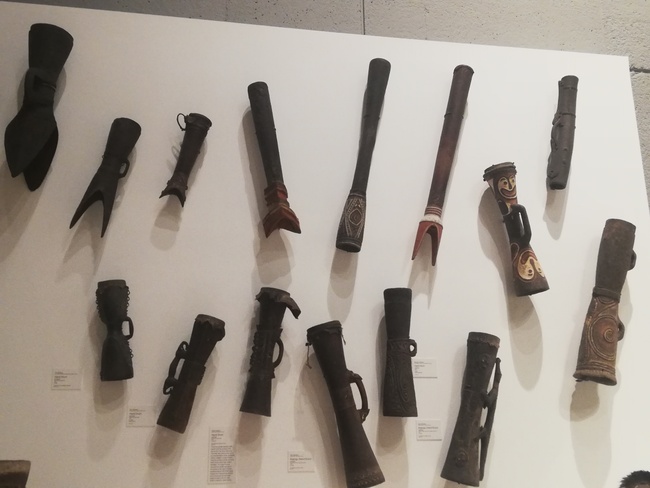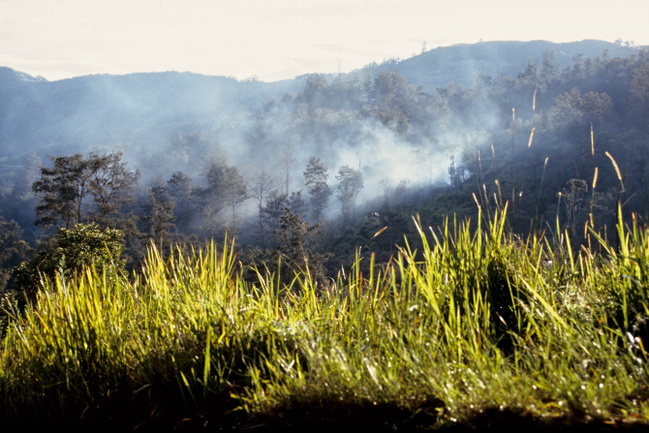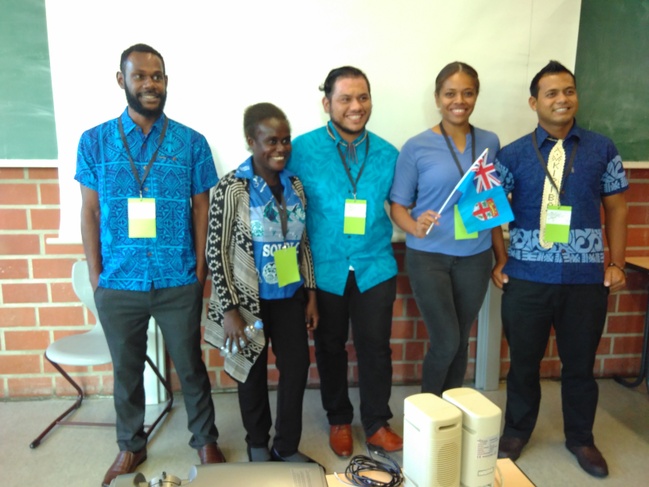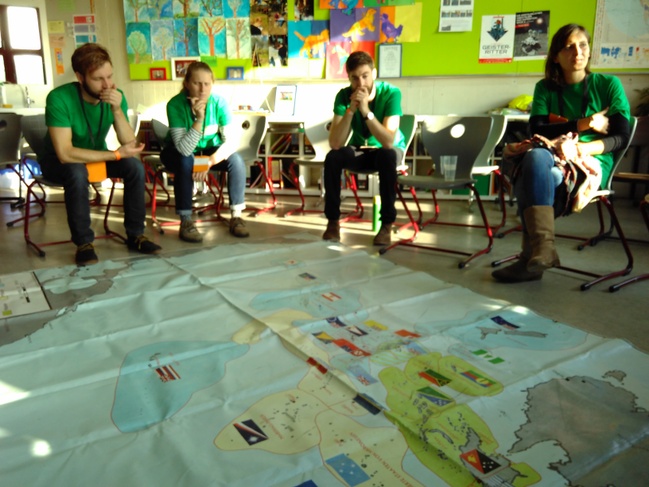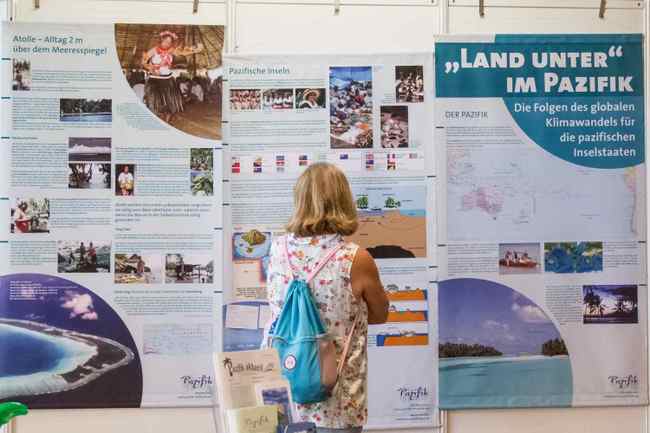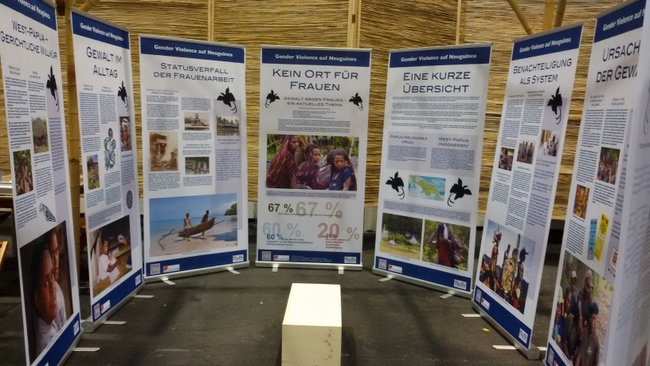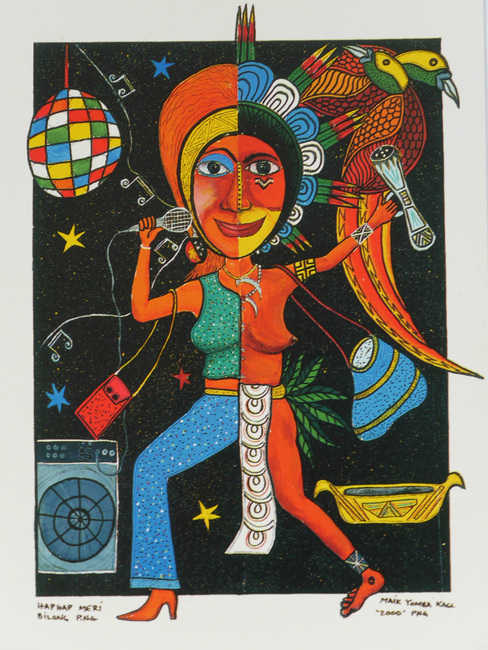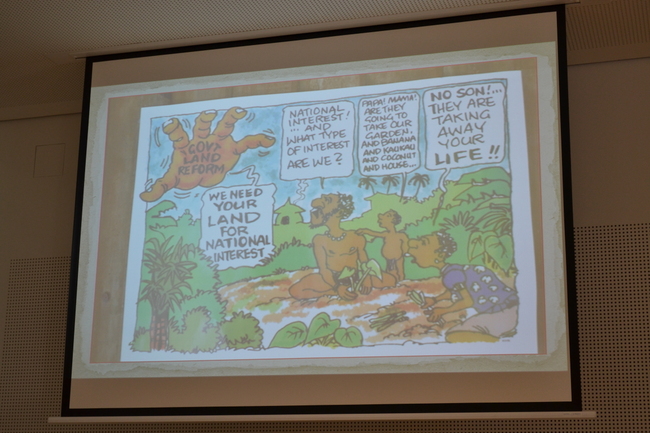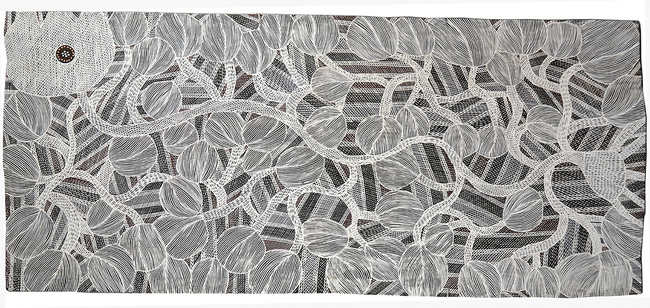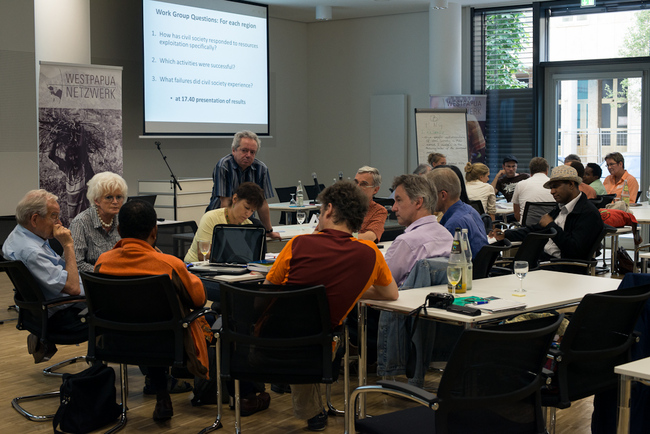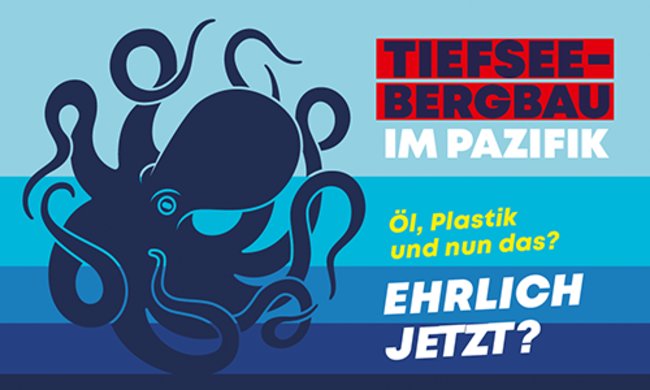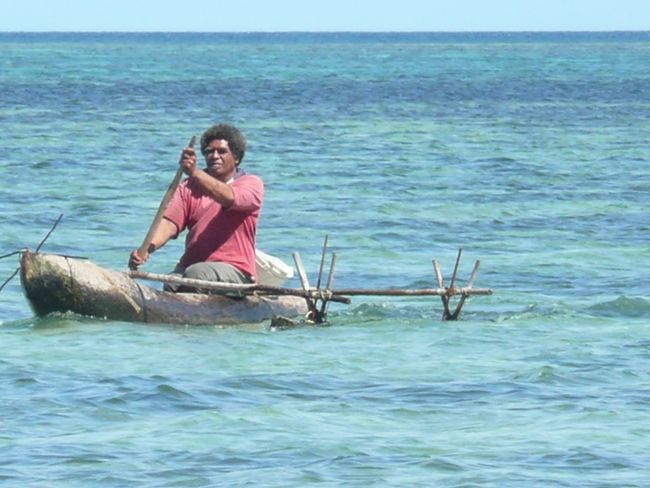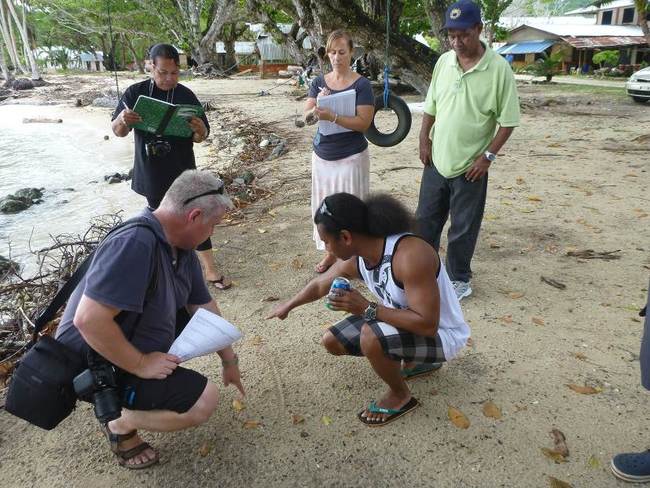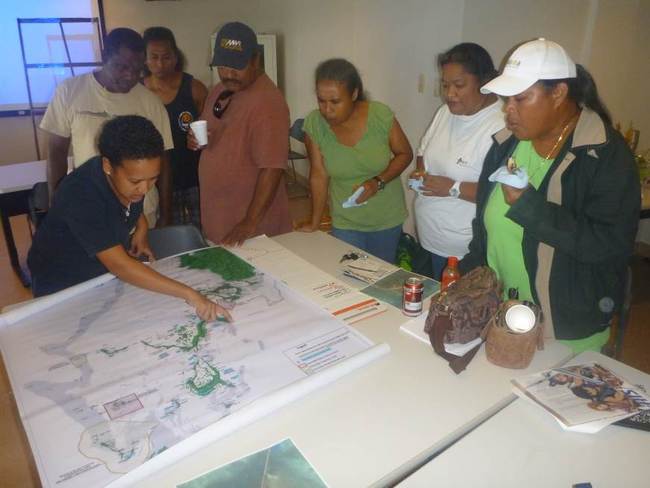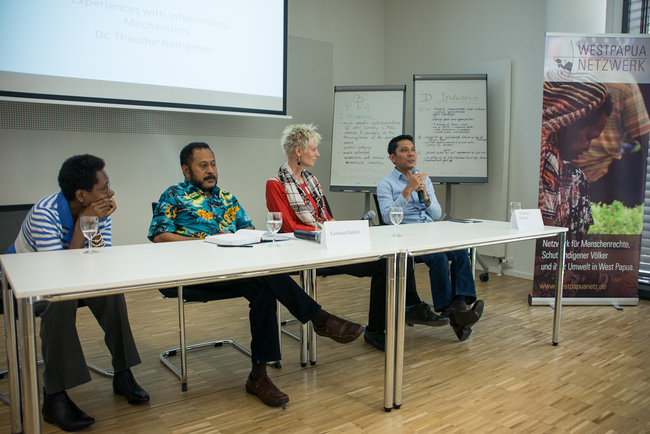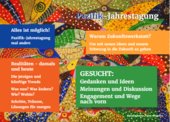Rongelap Peace Museum
27.02.2004: Republic of the Marshall Islands
Goals and Objectives ofthe Museum Project
Rongelap Peace Museum will exhibit the damage and effects of the nuclear tests at Bikini, as well as the efforts of the sufferers, both Rongelap and Japanese, to overcome them; It will thus encourage people to endeavor for nuclear weapons-free Pacific and nuclear weapons-free future; It will also help to bring public attention to many unknown sufferings and contribute to the relief of the sufferers; Through these activities, it will contribute to the development of friendship between the Rongelapese on one hand and the Japanese and people of other countries.
The Rongelap Peace Museum will be a concrete building with a thatched Marshallese style roof. It will consist of a main building and four wings. The main building will be used for a hall where Rongelap victims will speak of their sufferings, an administrative office, storage, etc.
The four wings symbolizes four atolls victimized to US nuclear tests, Bikini, Enewetok, Rongelap and Utlik Atolls.
The four wings will be used for exhibitions
- on the damages caused by nuclear tests in the Marshall Islands
- testimonies
- a short history of the people of Rongelap Atoll
- the clean up and resettlement of the Rongelap Atoll
We call for your support for the establishment of the museum so that it will encourage the Rongelap islanders to move forward in rebuilding their lives and to overcome difficulties, and will be a milestone of solidarity between Rongelap sufferers and those of other atolls, and nuclear victims of Japan and the world. Chairperson Lynn N. Kabua
Advisor Abacca Anjain-Maddison
Testimonies of the Rongelap Hibakusha (A-bomb sufferers)
Haruko 19/9/1939 Majuro Island
When I was 12, I was exposed to the radiation fallout from a nuclear explosion. I heard the sound of the explosion as I was walking outside. After the ash fell on me, my skin began to itch and my hair started to fall out. I felt like I'd caught a cold. My stomach hurt and I wanted to throw-up. The next day, I went to Kwajalein by boat. The American doctors told us to go the beach and wash our bodies. The skin that had been burnt ached. Everyday, the doctors took blood samples, extracted fluid from my spine and made us drink all sorts of medicines. My eyesight deteriorated. In 1957, I returned to Rongelap and lived there for some 10 years. Whenever I ate the tako, my mouth felt like it was on fire. I have never had an operation, but to this day I'm still taking medicine.
Hiroko 13/8/1942 59y.o. Majuro Island
When I was 12, I was exposed to the radiation fallout from a nuclear explosion. I was directly showered upon by the ash and soon felt like throwing up. From that evening, my body became itchy. The next day I went to Kwajalein by boat. Everyday, I would bath my body in the sea. My hair started to fall out and I was half bald. My legs also often felt as if they were burning. The American doctors took a sample of my flesh to examine. In 1958, I returned to Rongelap with my friend and 10 members of my family. After that I went to Majuro University, but after graduation, I returned to live in Rongelap. I have 9 children, but 2 others died and I had one miscarriage. One boy, was born with a weak heart, and died soon after birth. His sister was a stillborn baby. My husband died at 60 from a side effect of an injection.
Namiko Anjein 9/9/1940 Majuro Island
Although I was born in Kwajalein, at the time of the Bravo test, my family had moved to Airugunai in order to make Copra. I was exposed to the radiation from the nuclear explosion when I was 13. My mother and my 2 older sisters died. One sister died at the age of 40. The ash fell the next day from lunchtime to nighttime, the same as in Rongelap. The ash got into my eyes and they became watery. I went to Kwajalein by boat. At that time, I had a headache and my spine hurt. In 1959, I went to Rongelap, then migrated to Mejatto in 1985. I was married, but, after losing 4 children to miscarriages and stillbirths, and having only one remaining girl, I was divorced. I was told by the doctor (until he was almost out of breath) that it was a bad heart. Previously I'd had a thyroid operation. Compensation for those with an illness is $700 a year. For those who suffered the nuclear radiation, the compensation is $80 every 3 months.
Kyashi Joel 52y.o. Mejatto
At the time of the hydrogen bomb test, I was 6 years old. The big explosion made something like flour fall from the sky. I became ill. I was inside the house, so I was not burnt. I've had 7 children, but 6 times I've had miscarriages. I don't have any thyroid abnormalities. In 1957, I returned to Rongelap, but my husband is from Jarut, so he went to live there. My grandchild has become 7, but still cannot walk or talk. I received a one time compensation of $10,000. When I returned to Rongelap, the pumpkins had not grown, and my stomach was empty. It's safe here, but we'll never feel like this is our home.
Alfonso Jobidac 47y.o. Mejatto
In 1957, when I was 4 years old, I moved back to Rongelap. I have 4 children. The fourth child was very still and died at one year of age. My wife's legs are bad. I want to return to Rongelap, but I'm worried about the radioactivity.
